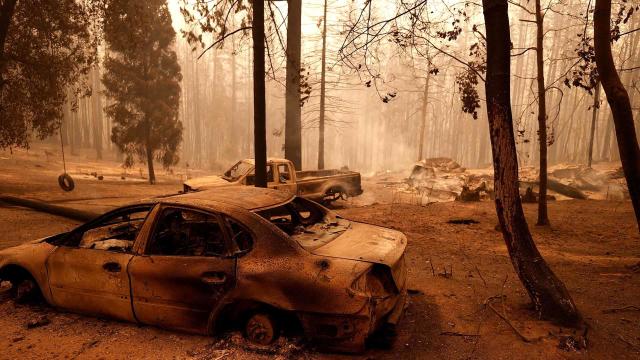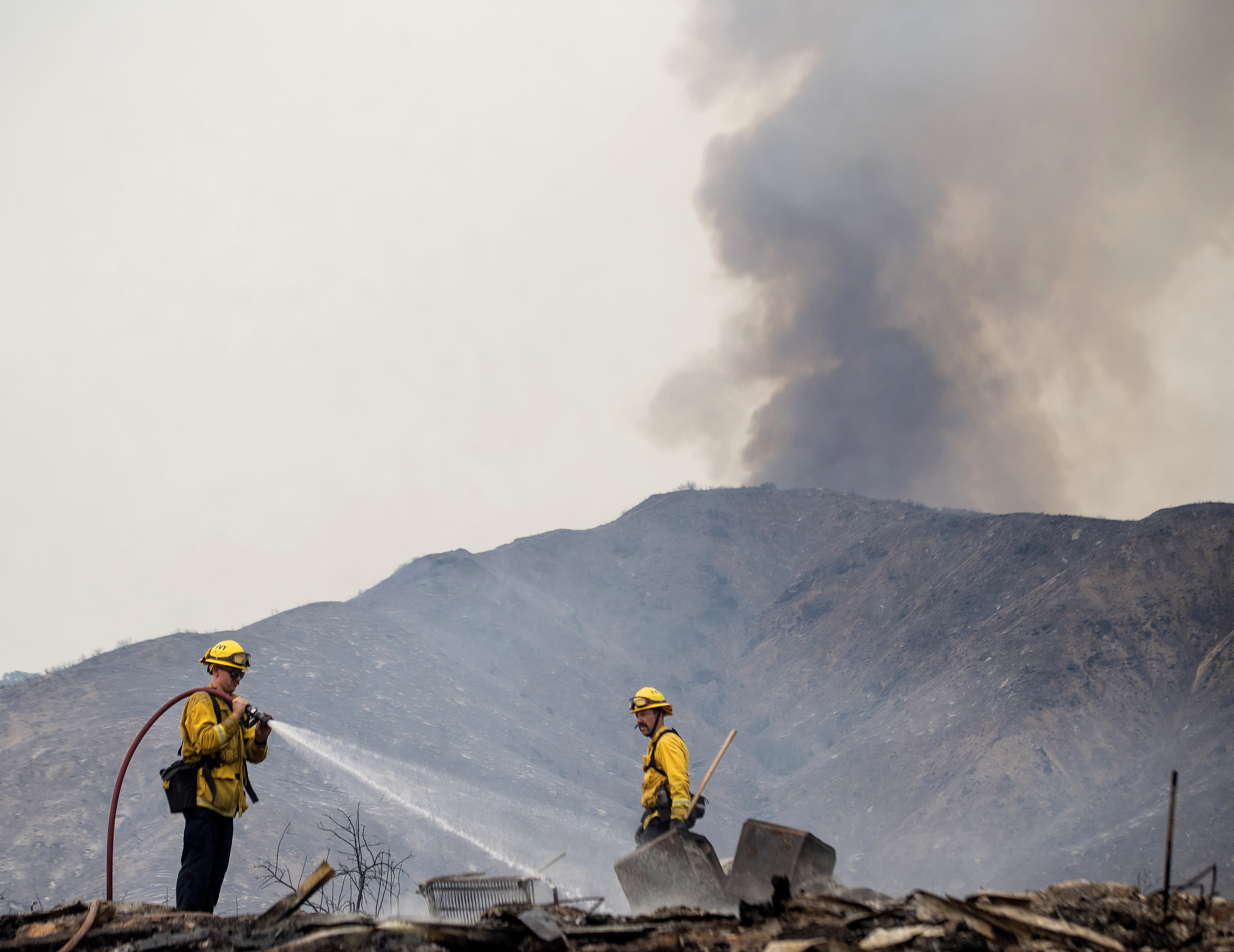Insider
An ominous map shows the entire West Coast with the worst air quality on Earth as historic wildfires spew smoke

- The US West Coast has the worst air quality in the world due to wildfire smoke across California, Oregon, and Washington.
- Maps of air-quality index measurements show hazardous levels of particulate matter from wildfire smoke across the entire West Coast.
- Research has linked particulate matter from wildfires to heart and lung problems, increased hospital visits, and worse flu seasons.
- The EPA recommends residents stay indoors with filtered air, keep physical activity levels low, and wear an N95 respirator if they have to go outside.
The West Coast has the worst air quality on Earth right now, as nearly 100 active wildfires — including three of California’s four biggest ever recorded — spew smoke.
Particulate matter from the smoke has made the air unhealthy to breathe all along the coast, as this map from air-quality monitoring company PurpleAir shows.
The numbers in the colored circles indicate the air quality index (AQI) detected by various monitoring sensors across the country. AQI is a metric measuring the level of pollutants in the air and how hazardous those levels are to human health, as determined by guidelines from the Environmental Protection Agency.
A higher AQI indicates more pollutants in the air and a greater health hazard. The EPA considers any AQI above 150 to be unhealthy for all people. Anything above 300 is considered a “health warning of emergency conditions.”
The EPA does not make recommendations for AQI levels above 500, since they’re “beyond index.”
But PurpleAir’s monitors around Salem, Oregon, reported AQIs as high as 758 on Friday morning.
Those levels are comparable to some of the worst days for air quality in Dehli, India — the world’s most polluted city, according to the nonprofit Berkeley Earth.

None of PurpleAir’s monitors at other locations across the globe were reporting AQIs anywhere near 400 on Friday morning.
Fires have burned millions of acres and forced mass evacuations
California has been battling blazes for several weeks following a dry lightning storm on August 16 that ignited hundreds of fires. The state’s Doe Fire in the Mendocino National Forest is now the biggest in history at more than 471,000 acres. California’s third- and fourth-biggest fires ever are currently burning, too.

In California, more than 3.1 million acres have burned so far — an area more than 100 times the size of San Francisco and far more than any other year on record. Fire season doesn’t normally peak until late September.
In Oregon, meanwhile, fires spanning more than 1 million acres have forced about 40,000 people to evacuate. Flames encroaching on the Portland metro area prompted Mayor Ted Wheeler to issue a Fire Emergency Order on Thursday evening.
More than 500,000 acres have burned in Washington.
In total across the West Coast this fire season, at least 25 people have died.
The fires have spread quickly because forests are dried out by years of record heat. Some blazes are emitting so much smoke that they create their own weather systems, and the haze has tinted the skies orange and red over San Francisco and other parts of the coast.
Particulate matter from smoke has serious health consequences
The AQI numbers on PurpleAir’s map refer to the quantities of tiny particulate matter in the air — specifically, particles that measure 2.5 micrometers across or less. These are known as PM2.5.
Wildfire smoke carries many of these invisible particles, which come from the buildings and vegetation fires burn as well as chemical reactions in the gases it produces.
When humans inhale these particles, they can penetrate deep into the lungs and even the bloodstream. Research has connected PM2.5 pollution to an increased risk of heart attack, stroke, and premature death. In healthy people, it can irritate the eyes and lungs and cause wheezing, coughs, or difficulty breathing.
The map below, from the EPA’s air-quality monitoring website, shows a band of dangerous PM2.5 pollution along the West Coast (similar to what PurpleAir is reporting). The circles are color-coded by AQI ranges: Green indicates good air quality, while maroon indicates “hazardous” conditions with an AQI above 300.

“Decades of research have shown that elevated air pollution exposure is associated with a number of adverse health impacts, including compromised immune systems,” Erin Landguth, an associate professor at the University of Montana’s School of Public and Community Health Sciences, told The New York Times.
She added that research indicates that “after bad fire seasons, one would expect to see three to five times worse flu seasons.”
A 2017 study found that hospitals saw a 7.2% increase in admissions for respiratory issues following wildfire smoke events that produced two or more days of moderate PM2.5 pollution.
To reduce exposure to particulate matter, the EPA recommends people stay indoors with filtered air (ideally in a room with few windows or doors and an air purifier), keeping windows and doors closed. Physical activity levels should remain low, and those who must go outside should wear an N95 respirator. Those masks have been in short supply this year, however, due to the coronavirus pandemic.





















